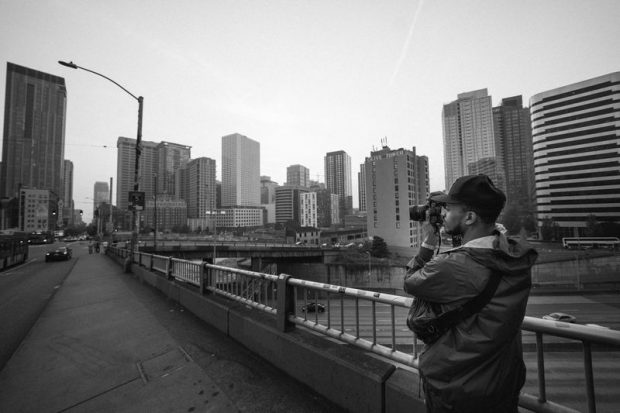How Framing Streets can Save You Time, Stress, and Money.
Wiki Article
See This Report about Framing Streets
Table of ContentsAll about Framing StreetsFraming Streets Things To Know Before You Get ThisAn Unbiased View of Framing StreetsThe Only Guide for Framing StreetsNot known Factual Statements About Framing Streets The 6-Second Trick For Framing Streets
, typically with the aim of catching pictures at a definitive or poignant minute by careful framework and timing. https://slides.com/framingstreets1.
His boots and legs were well defined, but he is without body or head, because these were in activity." Charles Ngre, waterseller Charles Ngre. https://giphy.com/channel/framingstreets1 was the very first photographer to obtain the technical class called for to register people in motion on the road in Paris in 1851. Photographer John Thomson, a Scotsman dealing with reporter and social activist Adolphe Smith, published Street Life in London in twelve month-to-month installations starting in February 1877
The smart Trick of Framing Streets That Nobody is Talking About
Eugene Atget is considered as a progenitor, not due to the fact that he was the first of his kind, yet as an outcome of the popularisation in the late 1920s of his document of Parisian roads by Berenice Abbott, who was inspired to carry out a similar documents of New York City. [] As the city developed, Atget helped to promote Parisian streets as a worthwhile topic for digital photography.
What Does Framing Streets Do?
Martin is the initial videotaped digital photographer to do so in London with a masked video camera. Mass-Observation was a social research study organisation established in 1937 which aimed to record day-to-day life in Britain and to record the reactions of the 'man-in-the-street' to King Edward VIII's abdication in 1936 to marry divorce Wallis Simpson, and the sequence of George VI. In between 1946 and 1957 Le Groupe des XV every year displayed work of this kind. Andre Kertesz. Circus, Budapest, 19 May 1920 Road digital photography formed the significant content of 2 exhibitions at the Museum of Modern Art (Mo, MA) in New York curated by Edward Steichen, Five French Photographers: Brassai; Cartier-Bresson, Doisneau, Ronis, Izis in 1951 to 1952, and Post-war European Photography in 1953, which exported the principle of road digital photography worldwide.
Fascination About Framing Streets
The recording equipment was 'a hidden video camera', a 35 mm Contax concealed below his coat, that was 'strapped to the breast and linked to a lengthy cord strung down the right sleeve'. However, his work had little contemporary impact as due to Evans' sensitivities regarding the originality of his job and the privacy of his topics, it was not published up until 1966, in guide Numerous Are Called, with an useful reference introduction composed by James Agee in 1940.Helen Levitt, after that an instructor of young youngsters, linked with Evans in 193839. She recorded the temporal chalk drawings - copyright a7iv that belonged to kids's road society in New york city at the time, as well as the kids that made them. In July 1939, Mo, MA's new digital photography section included Levitt's job in its inaugural exhibitionRobert Frank's 1958 book,, was substantial; raw and frequently out of focus, Frank's pictures examined traditional photography of the moment, "challenged all the official guidelines laid down by Henri Cartier-Bresson and Pedestrian Evans" and "flew in the face of the wholesome pictorialism and wholehearted photojournalism of American magazines like LIFE and Time".
Report this wiki page